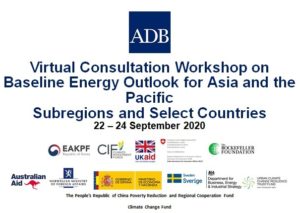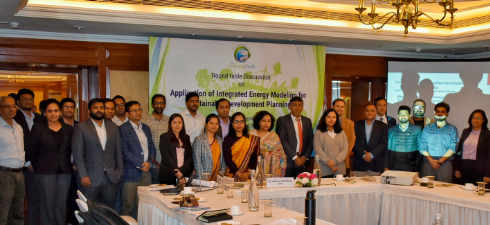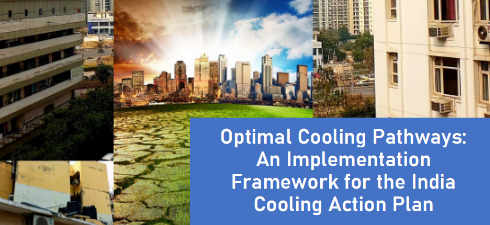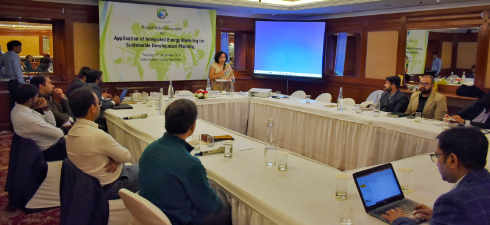
Read more
On the International Womens’ Day, our Founder CEO got felicitated by State Bank of India and was invited to the event of ” Health of Joy” for women by Bird Automotive.
Also, an in-house event was organized in the office of The Celestial Earth to celebrate the occasion.

It’s our huge honour and delight that The Celestial Earth is being featured as a successful woman-owned business in the whole South Asian region by the World Bank Group in their upcoming South Asia Vendor Forum for Woman-Owned Business on 17th November 2020. I would like to thank my husband & business partner Dr. Anindya Bhattacharya and all other members of The Celestial Earth whose continuous support, cooperation, and hard works have made this possible. Finally, I would like to thank The World Bank Group for giving us all the opportunities to flourish and giving me this honour and platform to motivate the other/ probable Female entrepreneurs in the South Asian countries. Please attend the Forum:
Read more
Nationally determined contributions (NDCs) are at the heart of the Paris Agreement and the achievement of limiting warming to 1.5 to 2 degrees C above pre-industrial levels. NDCs embody efforts by each country to reduce national emissions and adapt to the impacts of climate change. All Parties are requested to submit the next round of NDCs (new NDCs or updated NDCs) by 2020 and every five years thereafter (e.g. by 2020, 2025, 2030), regardless of their respective implementation time frames. Energy roadmaps can help industry, academic and research groups, civil society, and governments to identify and prioritize strategic R&D and investment needed to achieve technology development goals and climate change goals.
Read more

